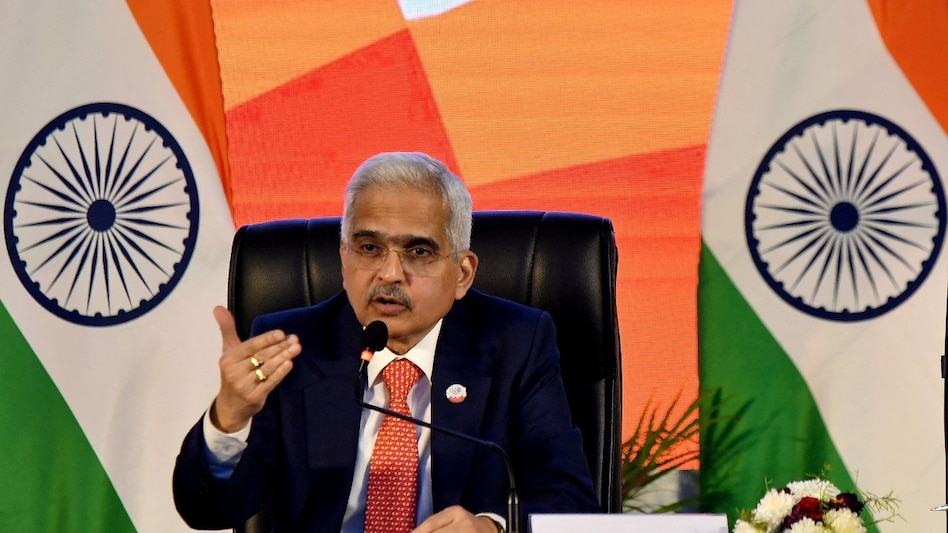 Unsecured loans, as the term implies, are loans that do not require collateral for backing.
Unsecured loans, as the term implies, are loans that do not require collateral for backing. Unsecured loans, as the term implies, are loans that do not require collateral for backing.
Unsecured loans, as the term implies, are loans that do not require collateral for backing.Reserve Bank of India governor Shaktikanta Das, during the announcement of the Monetary Policy Committee's decision on the repo rate, emphasized the increased risks in the unsecured segment. He advised banks and lenders to be cautious when providing personal loans for consumption purposes. Governor Das highlighted the importance of post-disbursal monitoring for such loans.
Unsecured loans, as the term implies, are loans that do not require collateral for backing. This means that the borrower is not obliged to pledge any assets such as real estate, securities, or other valuable possessions to secure the loan. At the press conference after making rate-setting announcement, Das highlighted significant risks to financial stability if these loans are not carefully managed.
Das highlighted the importance of regulatory compliance and responsible lending practices. He specifically addressed banks and non-banking financial companies (NBFCs) urging them to be cautious when providing personal loans. He also raised concerns about certain banking entities failing to follow regulatory guidelines, specifically in the top-up home loan segment.
It was stressed by Governor Das that although the lack of compliance is not a widespread issue throughout the banking system, there are some entities that have not adhered to regulatory standards.
"We are bilaterally engaging with those select entities to deal with this issue," Das said.
Earlier too, RBI had emphasized the critical need for post-disbursal monitoring of loans to mitigate associated risks effectively.
In the recent sectoral deployment data disclosed by the RBI, the overall credit growth experienced a decline from 16% in March 2024 to 14% in June 2024. This deceleration was predominantly fueled by a reduction in unsecured credit growth from 20% to 15% during the corresponding period.
Moreover, the credit extended by banks to Non-Banking Financial Companies (NBFCs) witnessed a decline from 15% year-on-year in March 2024 to 8% in June 2024, attributing it in part to a considerable base effect.
Das that there has been an increase in the issuance of top-up housing loans, although this trend is not a widespread issue but is rather localized to specific entities.
Das elaborated that certain entities are disregarding regulatory obligations pertaining to top-up housing loans, emphasizing that this is not a systemic issue.
He further explained that instances of non-compliance are being addressed at the supervisory level through bilateral discussions.
In addition to housing loans, banks and NBFCs are extending top-up facilities on other secured loans such as gold loans.
Emphasizing potential risks, he warned that such practices could result in the diversion of loaned funds towards non-beneficial sectors or speculative activities. Therefore, banks and NBFCs are advised to reevaluate such practices and take corrective actions.
Moreover, he emphasized the importance for banks to strictly adhere to regulatory guidelines concerning loan-to-value (LTV) ratio, risk assessment, and monitoring the utilization of funds associated with top-up loans.
Highlighting potential concerns, Das also mentioned that any disparities between loan and deposit growth could present challenges such as asset-liability mismatches or liquidity management issues.